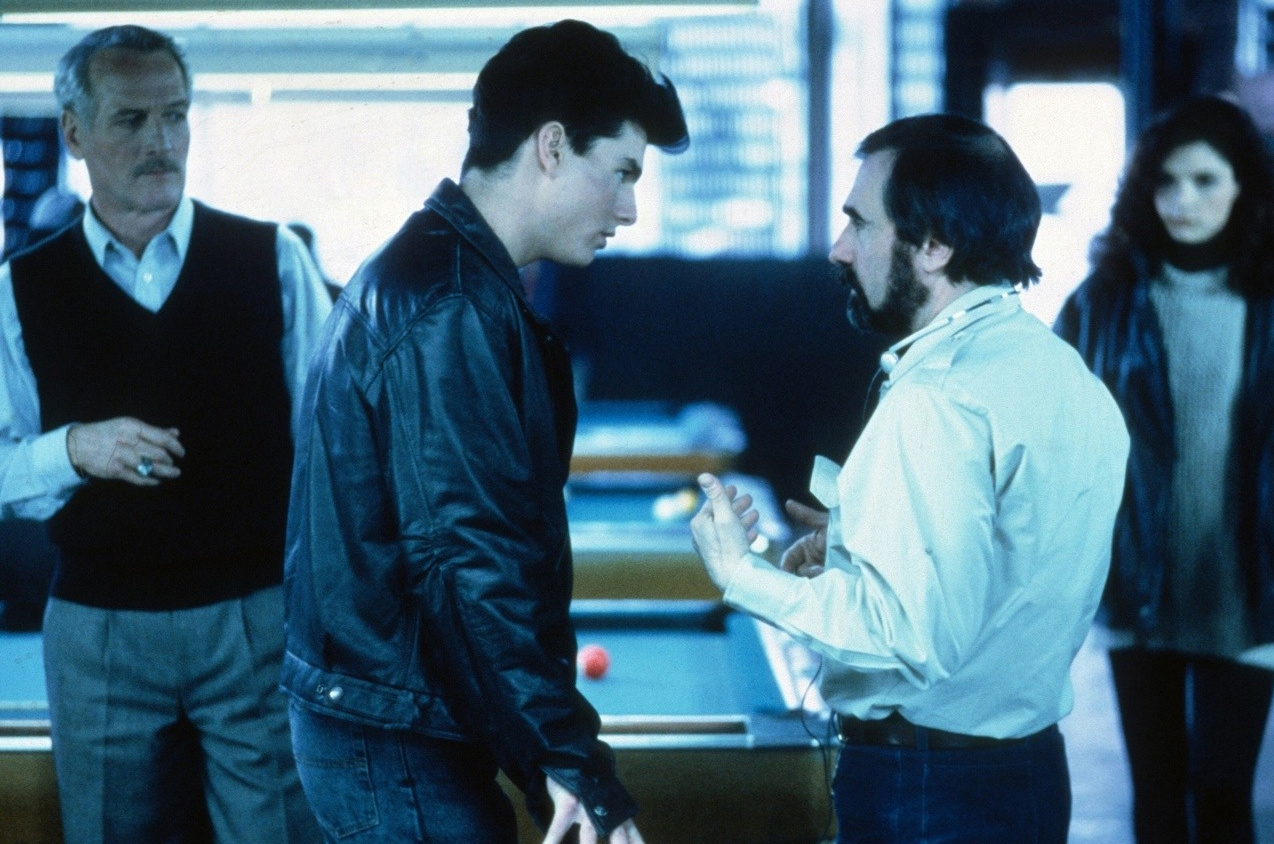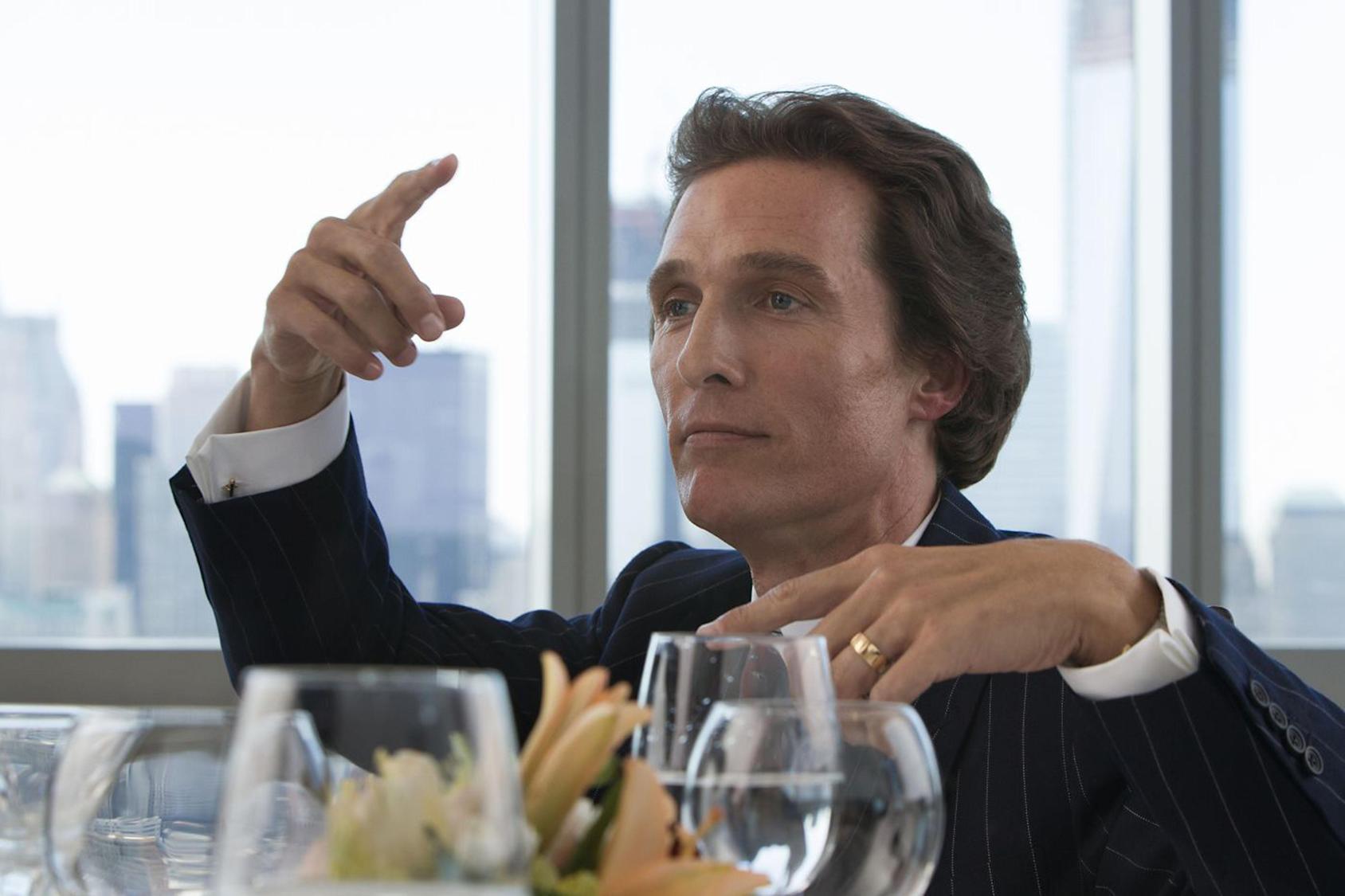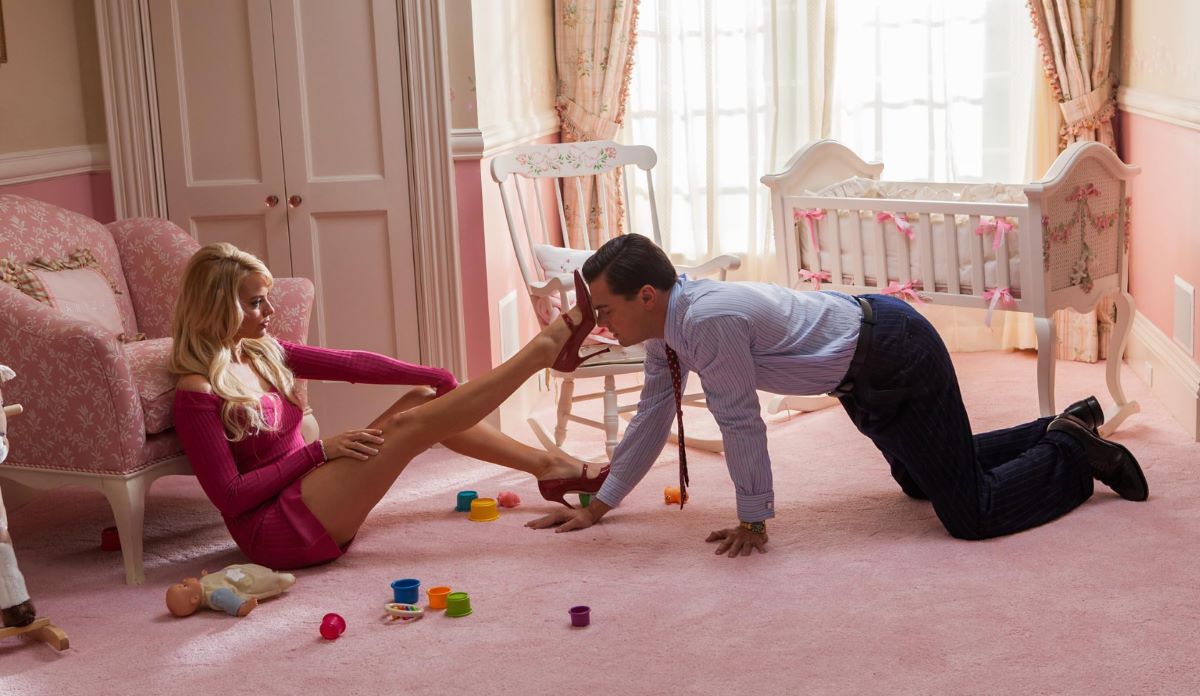by Terrence Rafferty
In his 1984 novel The Color of Money, Walter Tevis returned to his most famous character. Fast Eddie Felson, the brash young straight-pool stud of The Hustler. More than twenty years later. Eddie has slowed down quite a bit: he’s running a poolroom in Kentucky, not hustling any more, barely playing at all. As the novel begins, Fast Eddie is being lured out of his midlife stupor by the prospect of playing exhibition matches with his old antagonist Minnesota Fats, the great player he beat at the end of The Hustler—a moral victory that ended Eddie’s hustling career because he refused to pay off the underworld ‘stakehorses’, the men who put up the money for big-time matches. Thanks to that epic confrontation, Eddie is a legend: in the course of his exhibitions with Fats, he discovers that he would rather be a real pool player again.
In Tevis’ novel, says his widow, Eleanors, ‘Fast Eddie hadn’t played pool for twenty years, just as Walter hadn’t written anything for seventeen, at one point in his life.’ (He spent the years between his second novel. The Man Who Fell to Earth, and his third. Mockingbird, teaching and drinking: but after all that wasted time, Tevis published four new novels and a collection of stories between 1980 and his death in 1984.) ‘The emphasis of the story is on Fast Eddie as a middle-aged man,’ says Eleanora Tevis, ‘who has come out of this dream that everyone goes into from the age of thirty to maybe fifty. You wake up and you’re fifty and God knows where the last twenty years have gone. The big question for Walter was, How do you walk out on that amount of talent, just run away from it? Fast Eddie was Walter, of course.’
In the film The Color of Money, which was shot in Chicago earlier this year and is now being prepared for a Christmas release in the US, the questions will be a little different. There are more people than Walter Tevis identifying themselves with Fast Eddie Felson now: there’s also screenwriter Richard Price, director Martin Scorsese and, not least, Paul Newman, returning to the character he first played in Robert Rossen’s 1961 film of The Hustler. Price says: ‘You always have to find the thing that connects your autobiography with your subject. Here, it was, “What would happen to me if they took away my ability to write? What would happen to Marty if he couldn’t make films?” You turn sour and you curdle, you’re denying the thing that gives you life. That’s what Fast Eddie does—he doesn’t play pool any more and it’s killing him. It’s his life and his way of making art and he has to rediscover himself to save his ass.’
Scorsese adds: ‘What it’s really all about is whether he can change his life a little bit and do what he used to do—not in the sense of winning all his games, but just having the guts to go into a poolroom again and play.’ Price’s and Scorsese’s versions of Eddie Felson sound pretty close to what Tevis had in mind, but they decided early on to discard the novel’s plot: Felson’s matches with Fats, his restorative affair with an Englishwoman, his triumphant return to form in a nine-ball tournament against younger players. ‘I thought it was a really good book, and I like Walter Tevis as a novelist, but I thought almost nothing in it was usable,’ says Price—perhaps sensing that the writer had made his character entirely in his own image, and that the film-makers would have to remake him in their own.
The ‘Fast’ part of the character probably came pretty easily to Scorsese and Price. Both are headlong, impatient talkers, spewing out words in sudden cascades of sentences (Price) or rapid, intense spritzes of disconnected phrases (Scorsese). ‘When we had our first meeting with Newman,’ Scorsese says, ‘Richard and I were talking so fast Paul didn’t know what hit him.’ And both were, like Eddie Felson, quick starters, hot shots in their twenties: the first of Price’s four novels. The Wanderers, was published when he was twenty-four; Scorsese made three features, including Mean Streets, before turning thirty.
The cockiness and wired grace of Newman circling the table in The Hustler, firing off perfect shots and smart remarks with dazzling speed, must have appealed to them; it’s not surprising that the dazed, beaten Eddie Felson in the opening chapters of The Color of Money didn’t. ‘It just didn’t seem to me,’ says Scorsese, ‘that a character like that would be washed up completely. If he didn’t play pool, he’d do something else. So we made him into a stakehorse. Richard came up with the idea that he’d be a liquor salesman on the side, make a lot of money. Now he’s got a white Caddy, a moustache, incredible clothes, looks terrific—he’s still a hustler, but he makes his living putting up the money, not playing pool.’
‘I was interested in Bruno Bettelheim’s notion of identification with the aggressor,’ Richard Price says. ‘You become the thing that you’re most terrified of and that makes you most powerless. What makes Fast Eddie Felson most powerless in his life? That’s the George C. Scott character in the first film, the guy that told him he can’t play any more. So Newman should become, when he reaches that age, George C. Scott—a cynic, a user of pool players, and hate himself and deny all the hunger and lust for this sport that he had when he was a young man. That’s the premise, that he’s now the cold bankroller who refuses to pick up a pool cue. I decided, too, that he should be a sort of Fagin, and discover a young kid who reminds him of himself, the self he’s out of touch with. He is intrigued by the kid and wants to make a lot of money out of him, but he’s really hungry to recover something—even though he doesn’t understand that. The story is him teaching the kid how to be a bastard, ruining his purity because it’s threatening to him.’
Scorsese brought Richard Price into the project after rejecting a couple of screenplay drafts by another writer (the first screenplay, by Tevis himself, was turned down by the studio long before Scorsese signed on). Price obviously gave the director the ‘fresh start’ he felt was needed, and the new conception of Fast Eddie took the material decisively into what Scorsese calls ‘my territory, which is basically a bar or a poolroom with a bunch of guys drinking liquor and beating each other for money. It’s a study in total manipulation.’ In this case, the writer was able to give the director what he wanted because he was working for someone who had helped shape his own sensibility. ‘In a way, Marty was always my hero,’ says Price, ‘and more of an influence on my novels than any writer. Mean Streets was like a scrapbook of my fantasies; I couldn’t wait to go home and write. I wound up seeing it fourteen times.’
By the time the cameras started to roll in January—after a year of what Price calls ‘endless fine tuning’ of the screenplay with Newman and Scorsese—The Color of Money had already been transformed from the private vision of a novel to the wider, collective project of a movie, in which everyone involved had staked something. The more abrasive, streetwise, cynical approach to Fast Eddie means only that Scorsese and Price have projected their own personalities and experiences on to the character, a character whose history already has the quality of a hard American fable of ambition and talent, success and corruption, the euphoria and the gravity of play.
The charged, hazy moral world that Tevis created in his first novel—and that Newman and Rossen embodied and magnified on the screen twenty-five years ago—has, ironically, proved too powerful and too deeply familiar to remain exclusively his: ‘The rectangle of lovely, mystical green, the colour of money,’ he wrote about in The Hustler is territory everyone has a claim on. When The Hustler was reprinted in 1984, the author felt compelled to add a note that indicated his problems in keeping this product of his imagination fixed in its personal, fictional territory, the realm of its origin: ‘I once saw a fat pool player with a facial tic. I once saw another pool player who was physically graceful. Both were minor hustlers, as far as I could tell. Both seemed loud and vain—with little dignity and grace, unlike my fat pool player. After The Hustler was published, one of them claimed to “be” Minnesota Fats. That is ridiculous. I made up Minnesota Fats—name and all—as surely as Disney made up Donald Duck.’
Fats (played by Jackie Gleason in the first film) won’t be onscreen in The Color of Money, nor will the sinister Bert (the George C. Scott role). Their powerful presences have, in a sense, been collapsed into Eddie Felson’s character, their meanings repeated in his ambiguous relationship to his young protégé (Tom Cruise). Fast Eddie may seem to have multiplied, out of control, over the years, as if he were walking through a corridor of mirrors: this production will show if he has been gathering the light from all our reflections. The force of Richard Price’s desire to ‘emulate the sensibility’ of an artist who influenced his earlier work profoundly should be in there somewhere. So should Scorsese, testing himself as he always does (‘The way I make pictures, they’re all personal, one way or another’), this time on an especially rich proving ground. He’s working with Paul Newman, ‘whom I saw in the movies when I was ten years old,’ and trying to find out ‘if we can connect on the same level.’
Scorsese is hoping to make something that will stand on its own, with ‘no reference’ to the classic which provided its main character. He’s returning to the thematic obsessions, the nightworld atmosphere and even the camera style of his own earlier work. Michael Ballhaus is his cinematographer, as he was on After Hours (1985). ‘I was able to do my camera movements again the way I wanted to, the way I used to.’ And he’s trying, too, to recover some of his old speed, the Fast Marty spirit of his 70s films: after making only one film, The King of Comedy, in the first five years of this decade, Scorsese has shot two features and a half-hour television film for Spielberg’s Amazing Stories in the last year and a half. ‘Certain films,’ he now feels, ‘don’t necessarily have to take that long. I’m trying to get past the idea that to make a movie every shot has to be the greatest. When you work that way, everything takes on such importance that you suddenly find yourself overwhelmed.’ The Color of Money finished shooting a day ahead of schedule.
The real world of pool will be represented in The Color of Money, too: many of the players Price and Scorsese met during their research were given parts in the movie (‘These guys are professional hustlers, so they’re all actors already,’ Price says), and the settings are the actual poolrooms of Chicago, the site of Tevis’ first novel. And Walter Tevis, although his story wasn’t used, will be present, as surely as the young Paul Newman of The Hustler persists in the more experienced face we’ll see in the new film—it’s the imprint of a character and a world that are lodged in the memories of everyone who worked on this movie and everyone who’ll watch it. Come December, all the Fast Eddies now circling around Martin Scorsese’s editing table will resolve into a single image: the one the audience makes for itself, from its own experiences, its own memories. If the finished product reflects its making, The Color of Money will be everybody’s autobiography.
Sight and Sound, Autumn 1986





